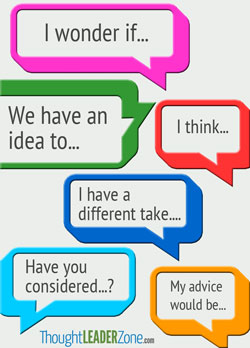Rome, Italy, known as the City of Fountains, was an appropriate host city for this year’s Global Water Summit, sponsored by the publication Global Water Intelligence. As the publisher Christopher Gasson pointed out in his speech to the CEOs gathered for a dinner the night before the event, Ancient Romans had aqueducts and viaducts — they even had a Goddess of the Sewers named Cloacina.
Rome’s historical tradition of being progressive is continuing, according to Jerome Douziech of Nuove Acque SpA, who explained that their water/wastewater concession had reduced energy consumption by 25% in ten years. However, a statistic they should be less proud of is that Italy consumes the most bottled water in the world — about 200 litres per capita.
 Format #1 – A Pecha Kucha-style format with immediate feedback: Douziech was one of the five candidates for the Water Performer of the Year award (click here for a list of all Global Water Award winners). Each presenter in the session had the opportunity to show 20 slides for 20 seconds each, like a Pecha Kucha format, and then the audience used voting machines that showed the results immediately. The winner pictured here was from Armenia.
Format #1 – A Pecha Kucha-style format with immediate feedback: Douziech was one of the five candidates for the Water Performer of the Year award (click here for a list of all Global Water Award winners). Each presenter in the session had the opportunity to show 20 slides for 20 seconds each, like a Pecha Kucha format, and then the audience used voting machines that showed the results immediately. The winner pictured here was from Armenia.
Format #2 – The “Rapid Roundtable” Session: Another effective conference format to show industry thought leaders in action was the rapid roundtable session. During the two one-and-a-half hour workshops, about 75 presenters held half-hour mini-roundtables on their area of expertise. Click here to read coverage of one of the other compelling presentations, this one on the future of toilets by the Gates Foundation.
Throughout the conference, a live Twitter feed of quotable quotes kept the audience, the media and subscribers informed about the content highlights of the event.
Are you as a thought leader finding the right conference venues, prestigious forums and creatively structured events to showcase your ideas? Ask, assess, then ask.


 It was a most unusual week. On Sunday I attended a service in St. Peter’s in Rome, Italy, and found myself standing quite close to
It was a most unusual week. On Sunday I attended a service in St. Peter’s in Rome, Italy, and found myself standing quite close to 






 I recently heard an unusual comparison between two technologies: a computer and a television. A computer is a lean-forward technology, whereas a television is a lean-back technology. It made me think that management styles also could fall into those two different categories.
I recently heard an unusual comparison between two technologies: a computer and a television. A computer is a lean-forward technology, whereas a television is a lean-back technology. It made me think that management styles also could fall into those two different categories.